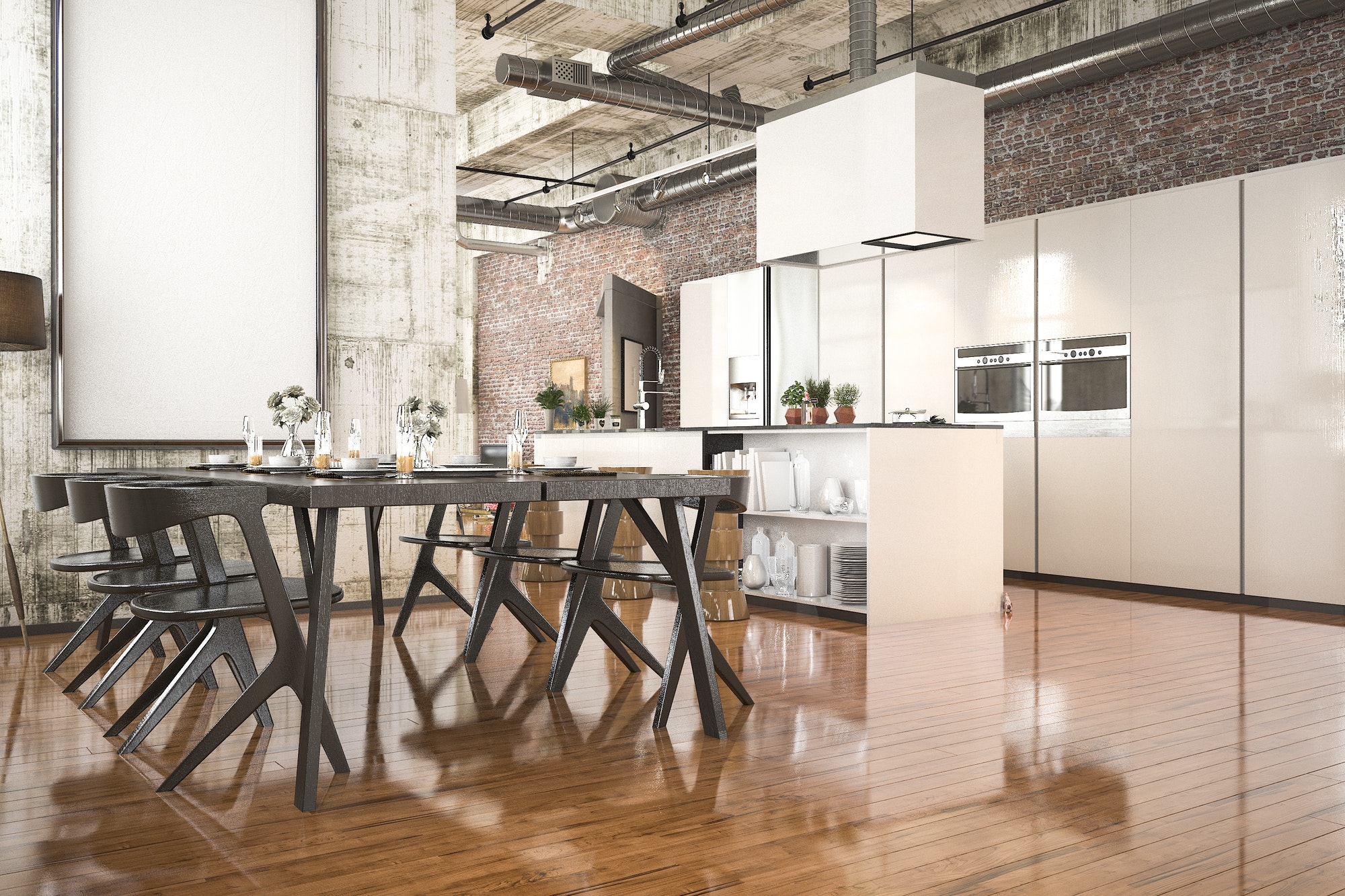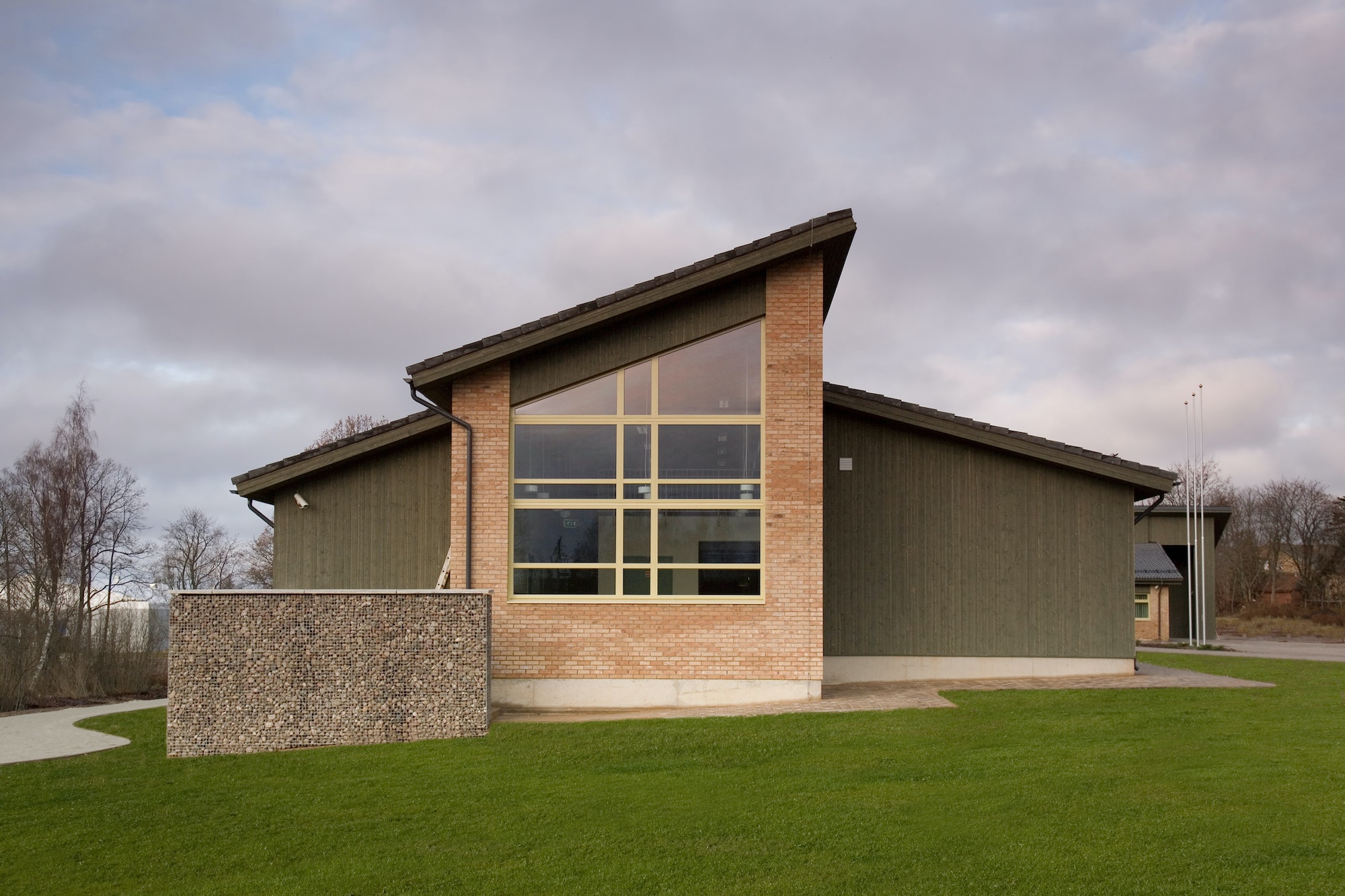In the quest for the perfect home office, many of us have inadvertently set up productivity traps instead of sanctuaries of focus. Yes, we’re talking about those pesky home office design blunders that can turn even the most ambitious work-from-home warrior into a procrastination pro. Welcome to the world of mismatched furniture, awkward lighting, and cluttered chaos—the trifecta of productivity killers. But fear not! With a sprinkle of humor and a dash of design savvy, we can transform these common pitfalls into stepping stones for success.
Imagine your home office as a garden; it needs the right conditions to flourish. Just as plants need sunlight and water, your workspace requires thoughtful design and organization. Without these essentials, you’re left with a wilting work ethic and a desk that resembles a jungle gym for paper stacks. So let’s dig into the dirt of these 25 home office design blunders and cultivate a space where productivity can truly blossom.
Common Home Office Design Blunders
| # | Design Blunder | Explanation | How to Fix It |
|---|---|---|---|
| 1 | Poor Lighting | Insufficient or harsh lighting strains eyes and reduces focus. | Use a mix of natural light and adjustable lamps to create a balanced lighting environment. |
| 2 | Cluttered Workspace | A messy desk leads to distraction and stress. | Implement organizational tools like shelves, baskets, and cable management systems to keep your desk tidy. |
| 3 | Uncomfortable Furniture | Non-ergonomic chairs and desks cause discomfort and health issues. | Invest in ergonomic furniture that supports good posture and comfort. |
| 4 | Lack of Personalization | A sterile environment feels uninspiring. | Add personal touches like artwork or plants to make the space inviting. |
| 5 | No Defined Work Area | Blurring lines between work and home life leads to inefficiency. | Designate a specific area for work, even if it’s just a corner with a small desk. |
| 6 | Ignoring Acoustics | Noise distractions from household activities disrupt concentration. | Use soundproofing techniques like rugs, curtains, or acoustic panels. |
| 7 | Poor Color Choices | Colors affect mood; dull colors can demotivate. | Choose colors that boost energy and creativity, such as blues or greens. |
| 8 | Overlooking Ventilation | Stale air affects health and cognitive function. | Ensure proper ventilation with windows or air purifiers. |
| 9 | Inadequate Storage Solutions | Lack of storage leads to clutter accumulation. | Incorporate cabinets, shelves, or multi-functional furniture with storage options. |
| 10 | Misplaced Technology | Cords and devices scattered everywhere create chaos. | Organize tech with cable management solutions and docking stations. |
| 11 | Lack of Natural Elements | Absence of greenery reduces mental well-being. | Introduce plants or nature-inspired decor to enhance mood and productivity. |
| 12 | Overcrowded Space | Too much furniture makes the area feel cramped. | Prioritize essential furniture and maintain open space for movement. |
| 13 | Ignoring Temperature Control | Extreme temperatures hinder focus and comfort. | Use fans, heaters, or smart thermostats to maintain a comfortable temperature. |
| 14 | Poor Desk Placement | Facing walls or dark corners limits inspiration. | Position your desk near windows or in well-lit areas for better views and natural light exposure. |
| 15 | Neglecting Aesthetic Appeal | An unattractive space can demotivate you from working there. | Decorate with items that inspire you, such as motivational quotes or favorite artworks. |
| 16 | Not Using Multi-Functional Furniture | Single-purpose furniture limits flexibility in small spaces. | Opt for pieces that serve multiple functions, like desks with built-in storage or foldable chairs. |
| 17 | Lack of Privacy | Shared spaces can lead to constant interruptions. | Create privacy with room dividers or noise-canceling headphones when needed. |
| 18 | Disorganized Cables | Tangled cords create visual clutter and potential hazards. | Use cable organizers or clips to keep them tidy and out of sight. |
| 19 | Ignoring Personal Workflow Needs | A generic setup might not suit your specific work habits. | Customize your workspace layout based on your daily tasks and preferences. |
| 20 | Forgetting About Lighting Layers | Relying on one light source can cause eye strain at different times of day. | Layer lighting with task lights, ambient lights, and accent lights for flexibility throughout the day. |
| 21 | Not Incorporating Break Areas | Constant sitting without breaks decreases productivity over time | Include a small area for stretching or quick breaks to refresh your mind |
| 22 | Overlooking Tech Needs | Insufficient outlets or poor Wi-Fi can disrupt workflow | Ensure ample power sources are available; consider Wi-Fi boosters if needed |
| 23 | Not Considering Future Needs | Designing only for current needs limits adaptability | Plan for growth by choosing flexible furniture arrangements that can evolve |
| 24 | Ignoring Sensory Preferences | Overly stimulating environments can be distracting | Tailor sensory elements like scents or textures to enhance focus without overwhelming senses |
| 25 | Lack of Routine Maintenance | Neglecting regular upkeep leads to deterioration over time | Schedule regular cleaning and maintenance checks to keep the space functional |
Recent studies highlight the impact of workplace design on productivity. According to research by Gensler, poorly designed office spaces significantly hinder productivity, costing businesses billions annually due to inefficiencies. Additionally, incorporating natural elements like plants can boost productivity by up to 15% within three months.
Transforming your home office into a productivity powerhouse doesn’t require a complete overhaul—just some thoughtful tweaks here and there! By addressing these common design blunders with practical solutions, you can create an environment that not only supports but enhances your work-from-home experience.
Remember: Your home office should be more than just a place where you clock in hours; it should be an extension of your creativity and ambition—a space where ideas flow as freely as coffee on Monday mornings!
Discover more from Futurist Architecture
Subscribe to get the latest posts sent to your email.

![modern apartment [article_title]](https://www.futuristarchitecture.com/wp-content/uploads/2025/03/10-Wet-Secrets-to-Fountain-Your-Faucet-900x600.jpg)

